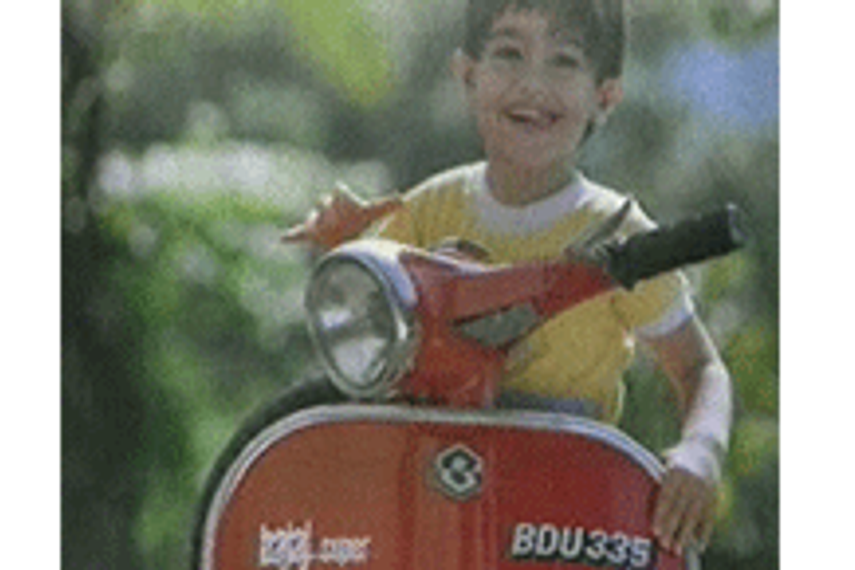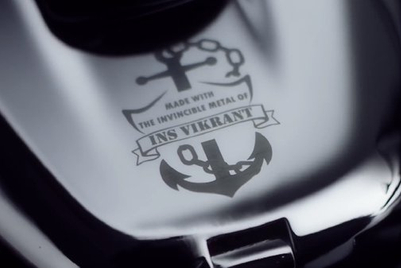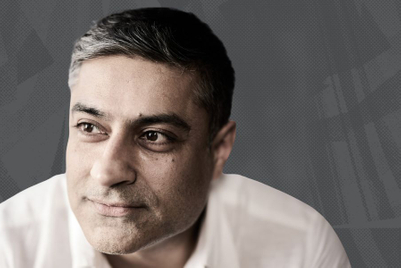
When the new version of ‘Hamara Bajaj’ was launched in 2001, the younger generation had a sort of déjà vu because they faintly remembered the music and the words. However, they quickly fell in love with the new fast paced music and feel of the film. The older generation had a nostalgic moment because they were transported back to the times when ‘Hamara Bajaj’ presented a mirror to their old middle class aspirations.
Recently, Bajaj announced its decision to shut down its scooter business. Some, especially from the older generation, would feel that this marks the end of an era. However, the company has been gradually making the transition from scooters to bikes as a part of its plans to make Bajaj a youth brand.
R.Balki, chairman and CEO of Lowe (which has worked on the iconic campaign ‘Hamara Bajaj’ and continues to handle the account till today), feels that Bajaj captures the spirit of India every time. He says, “Right in the beginning, Bajaj was the vehicle that India rides on. Old ‘Hamara Bajaj’ captures the mood and the aspirations of the country then.”
Watch the classic 'Hamara Bajaj' ad here:
Lowe has created numerous campaigns for Bajaj’s brands like Bajaj Chetak, Bajaj Classic, Bajaj Classic SL, Bajaj Cub, Bajaj Legend, Bajaj Super FE and Bajaj Eliminator.
Watch the TVCs here:
Bajaj Cub
Bajaj Legend
Bajaj Legend
Bajaj Legend
Bajaj Legend
Bajaj Legend
Bajaj Legend
Bajaj Legend
Bajaj Chetak
Bajaj Chetak
Bajaj Chetak
Bajaj Chetak
Bajaj Chetak
Bajaj Chetak
Bajaj Chetak
Bajaj Chetak
Bajaj Super FE
Bajaj Super FE
Bajaj Classic
Bajaj Classic SL
Bajaj Bravo
While tracing the evolution of the campaign, he says, “In 2001, we re-launched the same theme ‘Hamara Bajaj’ and this time it was a perfect combination of India being a global player and still preserving its roots. The campaign was for the Bajaj bikes.”
Watch the ad here:
“In 2007, ‘Hamara Bajaj’ for Pulsar 220 was when India was exploring biking. This campaign was about competing with oneself and once again, it captured the spirit of India.” He adds, “So the first part was about patriotism. The second was to show that India was a global player and it assimilates from the west while maintaining its roots. The third part is about that the fact that ‘We are good. Now let’s be better than ourselves.’ Thus, India’s evolution has been tied up with Bajaj’s evolution.”
Watch the Pulsar 220 ad here:
Talking about how the brand is perceived today, Balki says, “Now, Bajaj is the bike that India rides. It is for today’s youth (which forms 60% of the population) and is now a hardcore youth brand. Before the 1980s, it belonged to slightly older-middle aged generation. In 2001, it started the transition into the younger generation and now it completely targets youth.”
When asked if he feels nostalgic about the old classic Hamara Bajaj campaign which was created for Bajaj scooters, Balki quickly retorts, “I wouldn’t feel nostalgia because I am not that old.” He adds, “In our heads, the focus had shifted from scooters to bikes a long time ago. Bajaj has gone well beyong scooters and Bajaj is about the vehicle which is right for consumers.”



.jpg&h=268&w=401&q=100&v=20250320&c=1)


.png&h=268&w=401&q=100&v=20250320&c=1)

.png&h=268&w=401&q=100&v=20250320&c=1)

